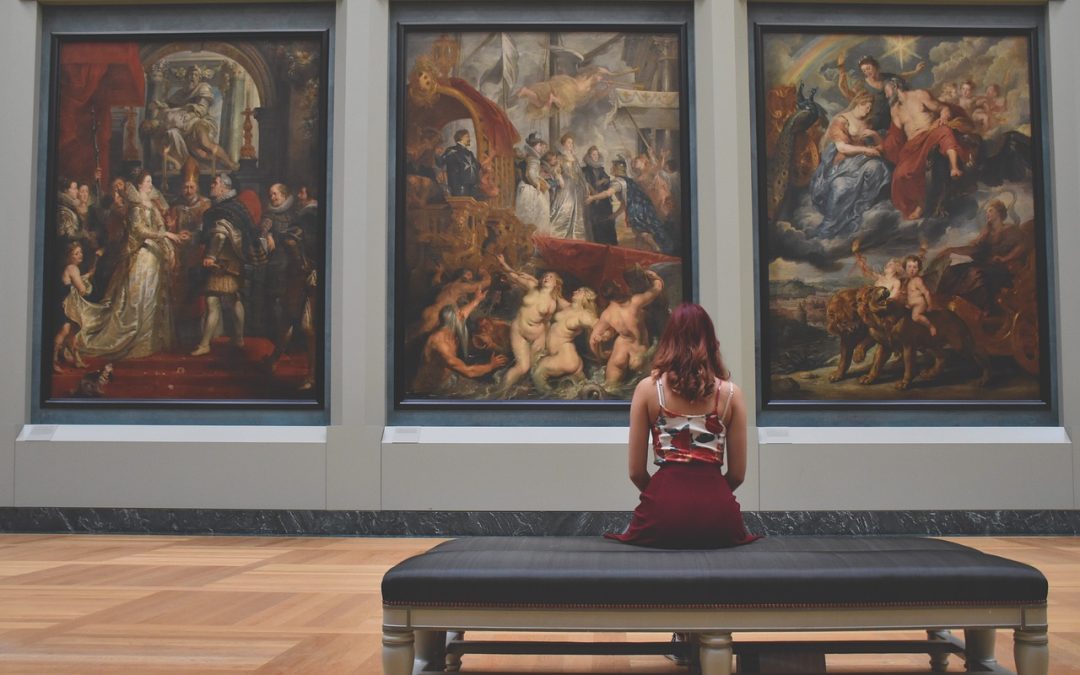
Potential Future Trends in Museums: Shifting Towards Community-Centered Programs
The International Council of Museums (ICOM) made a groundbreaking decision in 2022 by adopting a new definition for museums, emphasizing their responsibility to operate ethically, professionally, and with the participation of communities. This move represents a significant shift in the focus of museums from objects to people. While this concept is still being integrated into mainstream museums, community museums have long championed the idea of placing people and local communities at the center of their activities.
Community museums, such as the Anacostia Community Museum in Washington, D.C., the Wing Luke Museum in Seattle, and El Museo del Barrio in New York, were established in the late 1960s as dedicated spaces to serve marginalized communities that had been ignored by mainstream institutions. These museums were born out of the social movements of that era, including the Civil Rights movement, Black Power movement, anti-war movement, and Women’s movement.
The growth of community-centered museums was a direct response to the challenges faced by American institutions at the time. These museums recognized the need to prioritize inclusivity, representation, and community engagement, offering programs, exhibitions, and collections that resonated with and were co-created by the communities they served.
Lessons from Community Museums:
- Anacostia Community Museum: The Anacostia Community Museum has consistently focused on collaborating with its community through programs and exhibitions. This approach allows local voices to shape narratives and perspectives that challenge traditional historical narratives.
- Wing Luke Museum: The Wing Luke Museum has successfully engaged the Asian Pacific American communities in Seattle by incorporating their stories, experiences, and cultural heritage into exhibitions and events. The museum’s commitment to community-led initiatives creates a sense of ownership amongst its visitors and fosters a stronger connection to the museum.
- El Museo del Barrio: El Museo del Barrio has been a trailblazer in celebrating and promoting Latinx art and culture. It has embraced a community-centered approach by involving local residents in the selection and curation of their collections, ensuring their representation and acknowledgement in the museum space.
- National Museum of Mexican Art: The National Museum of Mexican Art in Chicago, founded in 1987, continues to prioritize community engagement. Through exhibitions, educational programs, and cultural events, the museum actively engages with the local Mexican community, promoting cultural identity, pride, and understanding.
- Buffalo AKG Art Museum: The recently reopened Buffalo AKG Art Museum has also recognized the importance of community-centered programming. By collaborating with local artists, educators, and organizations, the museum aims to build bridges within its community and foster an inclusive space for arts and culture.
Future Trends:
The adoption of the new definition by ICOM reflects a broader shift within the museum industry towards community-centered practices. This trend is likely to continue and evolve in the coming years. Here are some potential future trends for museums:
- Museums as Activators: Museums will increasingly serve as community activators, fostering dialogue, social change, and civic engagement. They will move beyond passive observation of objects to actively addressing social issues and supporting local initiatives.
- Co-Curation: The concept of co-curation will become more prevalent, with museums involving communities in the selection, interpretation, and presentation of exhibitions. This approach ensures diverse voices are represented and fosters a sense of ownership amongst visitors.
- Digital Engagement: Museums will utilize technology to enhance community engagement. Virtual exhibitions, interactive experiences, and online platforms will allow museums to reach a broader audience and enable community participation beyond physical spaces.
- Collaborations and Partnerships: Museums will form strategic partnerships and collaborations with local organizations, artists, educators, and community leaders. This integration of resources and expertise will lead to more impactful programs and exhibitions that resonate with the community.
- Educational Outreach: Museums will strengthen their educational outreach to schools and communities, providing access to arts and culture for underserved populations. This will involve developing curriculum-aligned programs, offering teacher training, and creating interactive learning opportunities.
Recommendations for the Industry:
Based on the trends and lessons from community museums, the following recommendations can pave the way for the industry:
- Embrace inclusivity: Prioritize inclusivity by actively seeking diverse perspectives and incorporating them into decision-making processes.
- Invest in community partnerships: Develop strong partnerships with local organizations, artists, and community leaders to co-create programs and exhibitions that resonate with the community.
- Provide training and resources: Offer resources and training to museum staff on community engagement, co-curation, and inclusive practices to ensure a culture shift within institutions.
- Utilize technology effectively: Embrace digital platforms for outreach, virtual exhibitions, and interactive experiences that enhance community engagement.
- Facilitate dialogue: Create spaces and programs that encourage dialogue, discussion, and reflection on social issues to foster a deeper connection between museums and their communities.
By adopting these recommendations, museums can position themselves as dynamic and inclusive spaces that prioritize community participation and foster a sense of belonging amongst visitors.
Conclusion
The shift towards community-centered museums represents a significant transformation in the industry. Museums are recognizing the importance of prioritizing people over objects and engaging with their communities in meaningful ways. As this trend continues, the industry must adapt and embrace new approaches to ensure museums serve as catalysts for social change and remain relevant to their diverse audiences.
References:
